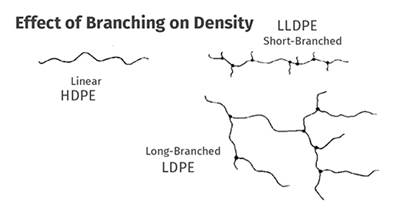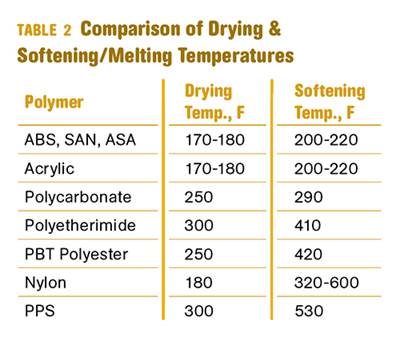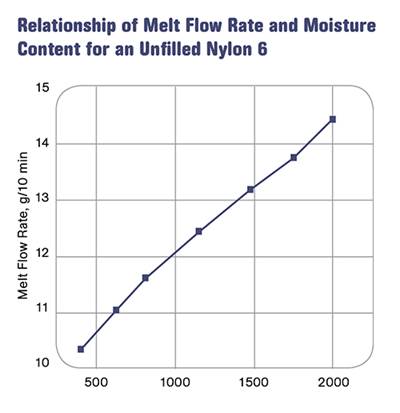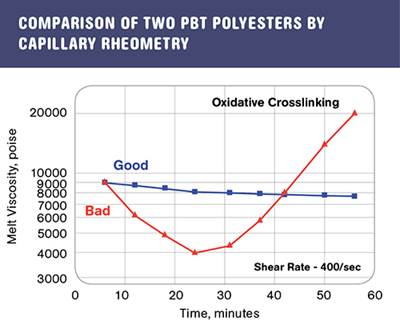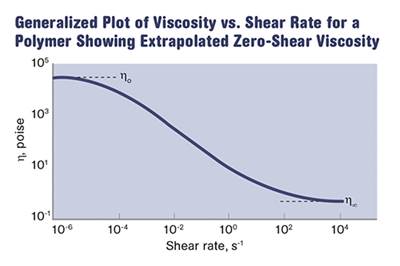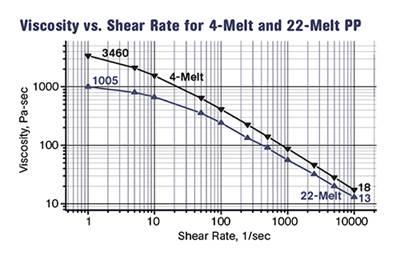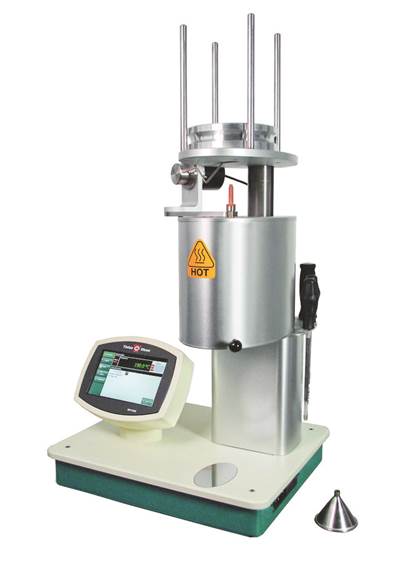.jpg;maxWidth=250;quality=70)
Michael Sepe Independent Consultant
MATERIALS: Performance in Polyethylene: Density Matters
In polyethylene, density provides another mechanism to control properties. But it must be specified properly.
Read MoreWhy (and What) You Need to Dry
Other than polyolefins, almost every other polymer exhibits some level of polarity and therefore can absorb a certain amount of moisture from the atmosphere. Here’s a look at some of these materials, and what needs to be done to dry them.
Read MoreMATERIALS: Melt Flow Rate Testing—Part 10
Two areas where the melt flow rate test it is not useful are related to processing.
Read MoreMelt Flow Rate Testing–Part 8
Here are the steps to take in cases where the MFR is not provided by the polymer supplier.
Read MoreMelt Flow Rate Testing—Part 6
Once degradation has been established, the discussion inevitably turns to how it happened. It might be expected that the answer to this question is widely known. Not so. The good news is that the influences that cause polymer degradation during processing are few.
Read MoreMelt Flow Rate Testing—Part 5
There are two points in the manufacturing supply chain where a determination of average molecular weight (MW) is important. The first is when the material is first received by the molder. The second is after molding.
Read MoreMelt Flow Rate Testing—Part 4
Few molders perform the test in-house. Of those that do, most don't understand why they are doing it or what they are measuring.
Read MoreMelt Flow Rate Testing—Part 3
There is a well-established relationship between something called the weight-average molecular weight of a polymer and a parameter known as the zero-shear viscosity.
Read MoreMelt Flow Rate Testing – Part 2
To fully appreciate the strengths and weaknesses of the melt-flow-rate (MFR) test it is important to know something about the way the test is performed.
Read MoreMelt Flow Rate Testing–Part 1
Though often criticized, MFR is a very good gauge of the relative average molecular weight of the polymer. Since molecular weight (MW) is the driving force behind performance in polymers, it turns out to be a very useful number.
Read More